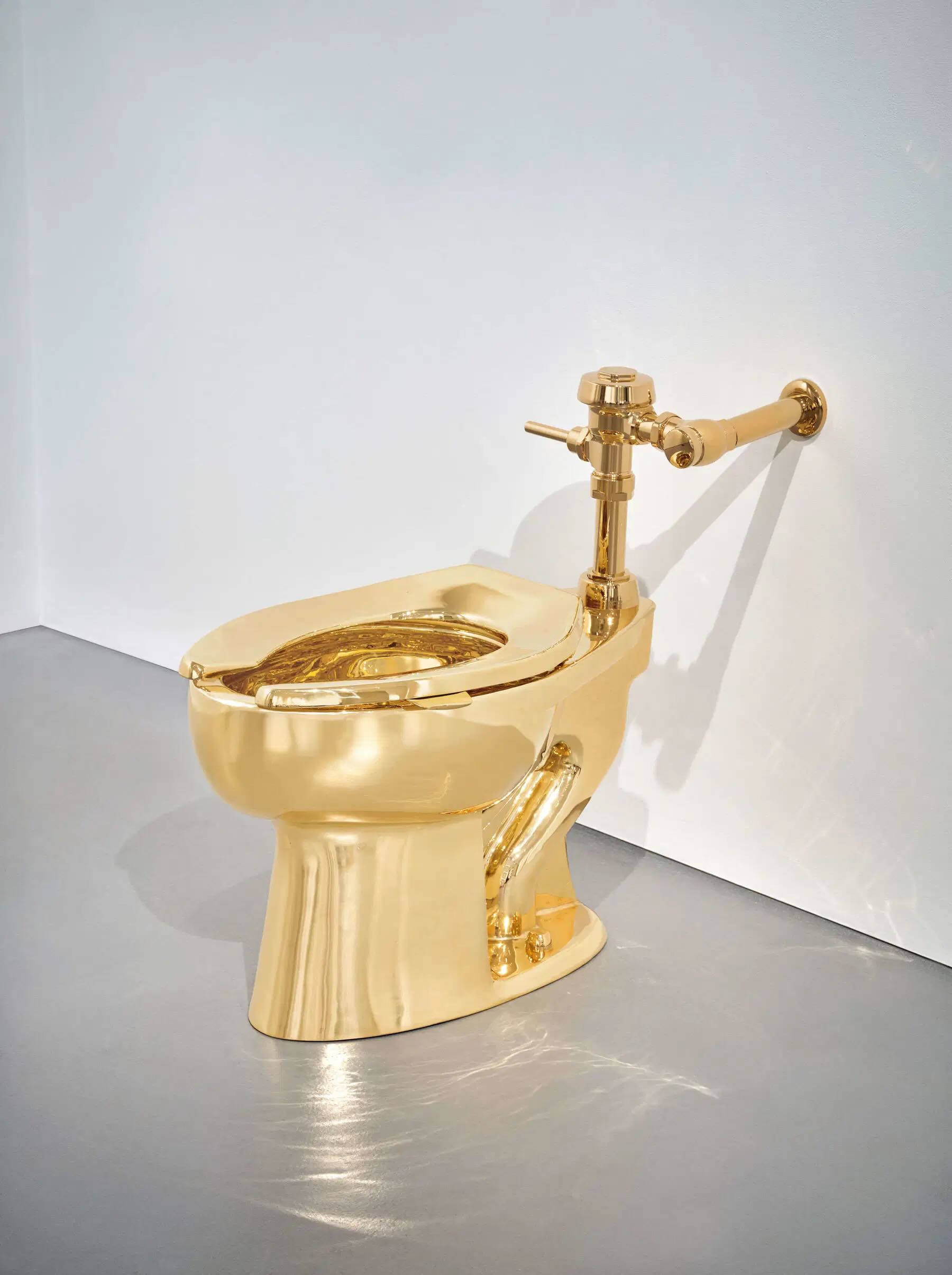Continuing the journey of exhibitions illustrating the life and career of some of the greatest 20th century designers, Triennale Milano introduces us the figure of Angelo Mangiarotti (Milan, 1921-2012), an architect, designer and sculptor who continues to have much to offer today. Open until 22 April, the exhibition is composed of a wide selection of works, projects and documents covering the designer's sixty years of activity, made available by the Fondazione Angelo Mangiarotti, addressing admirers of an approach that knows how to combine "architecture and engineering", as exhibition curator Fulvio Irace explains, and those who want to appreciate the aesthetics of the objects and the accuracy of the layout, in which Renzo Piano also collaborated. Born and raised in Milan, he has achieved international success, as evidenced by his winning the prestigious Compasso d'Oro Career Prize in 1994. However, not all Milanese know that they live in Mangiarotti's architectural works on a daily basis: the railway stations of Rho Fiera, Villapizzone, Repubblica, Porta Venezia, Certosa and Rogoredo, for example, were actually designed by him. In fact, if you look more closely you will notice unique elements, from the shapes, to the pillars, the use of glass and iron and steel structures for the canopies, all developed from the architect's in-depth studies with sketches, drawings and details from the earliest documents on display.A careful eye recognises in these elements a well-defined and precise construction language that truly founded his style, which established his great originality that is still admired and emulated today. He himself has on several occasions strongly reproduced the concept of repetition as a vindication of their truth: in architecture, as in any human activity, there is no freedom if there is no repetition, said the architect. Without any doubts, the theme that we can see being most investigated by the Milanese designer is the joint based on modules that fit together and achieve stability and solidity by exploiting an elementary principle, the force of gravity. The result is a disarming naturalness (and maybe obviousness), because through elegant, sophisticated and always measured forms, solutions and paradigms it is able to fully satisfy the needs of human beings. Another recurring formal language in the designer's production and in the exhibition is the mushroom, starting with the unmistakable water tank in the Roman countryside in 1961, designed with Aldo Favini, and then contaminating the plastic silhouettes of the clocks designed for Secticon between 1955 and 1965 together with Bruno Morassutti, one of the first internationally successful. The mushroom is also the basis of the timeless blown glass lamps designed for Artemide: Saffo and Lesbo, 1966. The use of Murano glass points to another characteristic aspect of the designer's thinking and way of acting: in fact, fundamental to Mangiarotti and his creative process is the study of the material in order to be able to make the best use of it and to make it the basic and fundamental principle for discovering new plastic results. This is why a hyper-specialised knowledge of the composition and behaviour of materials is combined in him on the one hand, and on the other hand the closeness to those who have spent entire days with these materials in an ancient craft that is still respected today: craftsmen.
Being in close contact with Murano glassmakers, for example, he came up with the design of a glass hook capable of interlocking with other identical ones to create very light and elegant glass suspensions. Their name is V+V, modular hooks still in production, first created in 1967 for Vistosi and spectacularly displayed in the exhibition.
A short video, but complete with various details and anecdotes, summarises the architect's life and extraordinary inventiveness over more than 60 years, showing his incredible and undisputed ability to design on every scale, from detail to building in a competent, conscious and far-sighted manner.






.png)





